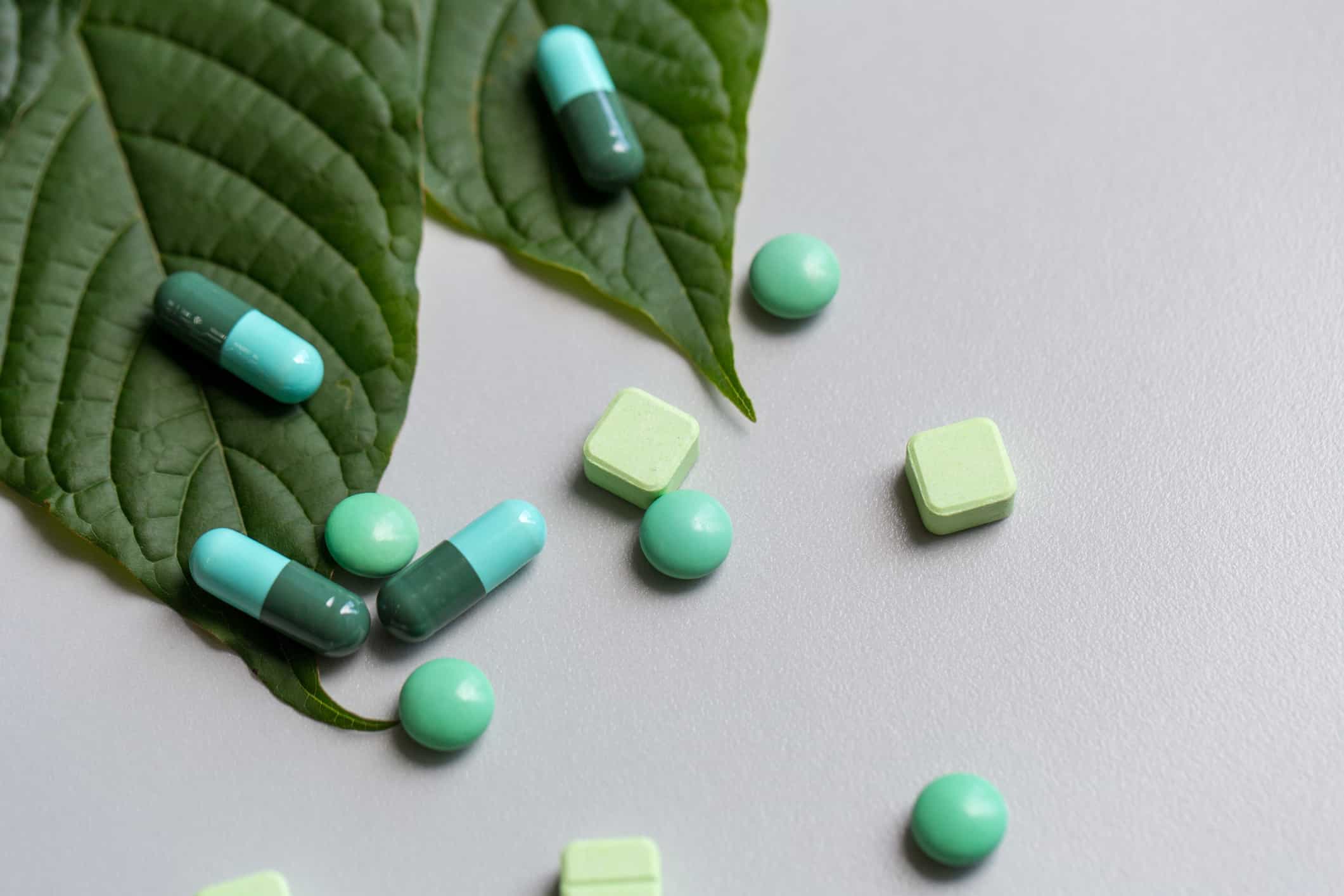Kratom is a tropical plant indigenous to Southeast Asia, particularly the Malay Peninsula, Indonesia, and Papua New Guinea. Botanically it belongs to the coffee family, and it contains several psychoactive compounds that mimic stimulants and opioids. It is sold in its original form, and it can be obtained legally in powdered form or as a tea in several states in the United States. It is usually touted as:
-
- Anti-anxiety supplement
- Herbal remedy for chronic pain
- Treatment tool for opioid addiction
However, the evidence for its efficacy – to any degree – is fragile and mostly anecdotal. Most studies on kratom are of low quality, and more research is needed. Similarly, it is not clear to what degree the drug is addictive. However, it leads to withdrawal symptoms and can interact with other alkaloid drugs (including illicit stimulants) and opioids.
Is Kratom Dangerous?
While kratom has been used recreationally in Southeast Asia for at least about a century, especially in combination with cough medicine, its prevalence and use in Europe and the United States is a relatively new phenomenon. Although the herb is not a scheduled drug in the United States, it is considered a controlled substance in 16 other countries due to its psychoactive properties.
Just as there is a shortage of evidence to suggest that kratom has any legitimate therapeutic use outside of its marketing hype, there is also little evidence to suggest that it is hazardous on its own. However, it can quickly become dangerous in combination with other substances, and there have been cases of kratom use leading to adverse reactions, including:
-
- Tachycardia
- Hypertension
- Seizures
Furthermore, there have been reports of addiction – especially among teens – in cases of excessive kratom use, meaning the herb should still be kept away from minors. A lack of any research on its long-term effects should also give people pause.
How Does It Affect Teens?
The primary psychoactive compound in kratom is an alkaloid named mitragynine. Its claim to fame is its interaction with opioid receptors, which has had both chronic pain patients and recovering opioid addicts drawn to it as an alternative for overcoming withdrawal symptoms safely or as a potential painkiller. In lower doses, users report stimulant effects, much like a potent coffee or even certain types of ADHD medication.
Its use among teens has been reported particularly as a “smart drug” or study drug – a substance used to pull all-nighters and prepare for exams. It should be noted that these substances are not proven to enhance a student’s ability to retain information or improve test scores and always do more harm than good. In higher doses, users report feelings of euphoria and a greater likelihood of withdrawal.
Withdrawal symptoms do not always indicate addiction, as they are a natural occurrence when the body adjusts to a specific dose of any drug. However, multiple clinics have reported cases of families with teens who exhibited behavioral signs of addiction, including severe irritability. Not enough is known about how kratom affects teens differently from adults or how their long-term use might affect the developing teen brain.
However, it should be noted that teens are generally more susceptible to psychoactive compounds and their addictive potential – and that teens exposed to addictive substances are more likely to become addicted than if they first tried substances later in adulthood. The teen brain is not fully matured, which means the neurological changes over prolonged and chronic drug use may occur faster and more intensely in teens than adults.
Why Is Kratom Legal?
Kratom is legal mainly because there has been quite a lot of public backlash against criminalizing it without further research, especially given the push to decriminalize marijuana. Much like how individual compounds within marijuana have legitimate pharmaceutical uses, further research may help us isolate whether kratom can help people and in what form.
Proponents of the drug argue that banning it would harm those currently relying on the herb for medicinal purposes. On the other hand, the FDA announced that kratom had recently been involved in the deaths of at least 44 people, and the Department of Health and Human Services recommended a ban in a private memo.
The National Institute on Drug Abuse, however, noted that these deaths involved poly-drug use, and it isn’t clear still what danger kratom has on its own. The debate on the drug rages on, and it is hard to tell whether it is slated to be banned in the next few years or whether mitragynine or another compound within kratom will find therapeutic use.
Parents and teens are especially advised to be very cautious – even in its pure and natural form. There is no telling what effects kratom may have on the body over time, let alone whether there are genetic factors to consider that might affect its efficacy and addictiveness. Furthermore, nearly all kratom products are processed in one way or another, and the FDA does not approve its use.
Spotting and Avoiding Kratom
Kratom is usually sold in powdered form or as dried leaves for steeping kratom tea. When steeped, it produces a very bitter tea. It may also be sold in capsule form or smoked. Most kratom products advertise themselves as such due to the established marketing surrounding the drug. Teens may be told that the drug has stimulant effects and can:
-
- Help them prep for a test
- Relieve anxiety
- Help with depression and stress
None of these claims are proven. Because of the lack of regulations and oversight on the drug’s production and processing, it is also unclear what other substances might be mixed into any kratom or “kratom-related” products. Teens especially are advised to steer clear because they may be targeted as customers for lower quality kratom products. If you think your teen has been using kratom or another potentially addictive substance, it is essential to bring it up with them.
Kratom use has been on the rise in boutiques and online shops around the country, and it is not typically seen by most as a dangerous or potentially addictive drug. They might not understand that it can still be dangerous even they are only getting the expensive, lab-tested, or “pure” products. Until we know more, kratom is a drug with addictive potential and unknown long-term effects.








